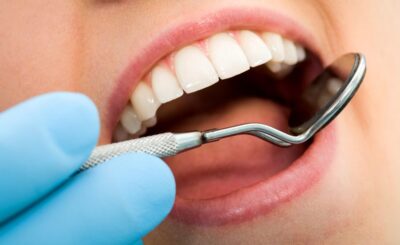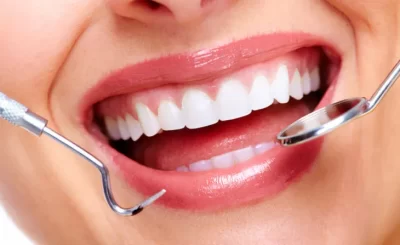For millions of people, teeth sensitivity is a constant source of discomfort and pain. Whether triggered by hot or cold temperatures, sweet or sour tastes, or pressure, sensitive teeth can significantly impact daily life. Dental bonding, a popular cosmetic dentistry procedure, has emerged as a potential solution to alleviate teeth sensitivity. But does dental bonding truly deliver on its promise?
This article delves into the effectiveness of dental bonding for teeth sensitivity, exploring its benefits, limitations, and alternatives. By examining the latest research and expert opinions, we’ll separate fact from fiction and provide insight into whether dental bonding is the answer to sensitive teeth.
Understanding Teeth Sensitivity
According to the American Dental Association (ADA), teeth sensitivity affects approximately 40 million people in the United States alone, highlighting the need for effective prevention and treatment strategies.
Understanding Dental Bonding
Dental bonding, also known as tooth bonding, is a cosmetic dentistry procedure that involves applying a tooth-colored resin to a damaged or discolored tooth and bonding it using a specialized adhesive. This procedure aims to restore the tooth’s natural appearance, shape, and function. Dental bonding is a minimally invasive and relatively painless process that can address various dental issues, including chipped or cracked teeth, gaps between teeth, tooth discoloration, and tooth sensitivity. The bonding material, typically a composite resin, is molded and polished to blend seamlessly with surrounding teeth, creating a natural-looking smile.
Two primary types of dental bonding address teeth sensitivity:
- Direct bonding: Resin is applied directly to the tooth.
- Indirect bonding: A laboratory-created resin is bonded to the tooth.
Dental Bonding: A Potential Solution For Teeth Sensitivity
Dental bonding involves applying a tooth-colored resin to the affected tooth and bonding it using a specialized adhesive. This procedure can:
- Cover exposed dentin
- Fill gaps or cracks
- Protect the tooth from further damage
How Dental Bonding Addresses Teeth Sensitivity
Dental bonding is a versatile cosmetic dentistry procedure that effectively addresses teeth sensitivity in several ways:
Blocking Dentin Exposure
Dental bonding resin covers exposed dentin, reducing sensitivity by:
- Sealing tubules and preventing nerve stimulation
- Protecting the tooth from temperature changes, sweet or sour tastes, and pressure
Sealing Gaps and Cracks
Dental bonding fills gaps and cracks, preventing:
- Bacteria and irritants from reaching the nerve
- Further tooth damage and sensitivity
Protecting the Tooth
Dental bonding acts as a barrier, shielding the tooth from:
- Acid erosion and wear
- Temperature fluctuations
- Pressure and bite forces
Reducing Inflammation
Dental bonding can reduce inflammation in the gums and surrounding tissues, which can contribute to sensitivity.
Effectiveness of Dental Bonding for Teeth Sensitivity
Studies suggest that dental bonding can significantly reduce teeth sensitivity:
- A study published in the Journal of Dental Research found that dental bonding reduced sensitivity in 80% of participants.
- Another study in the International Journal of Prosthodontics reported a 90% success rate in alleviating sensitivity.
Alternatives to Dental Bonding
Other treatments for teeth sensitivity include:
- Fluoride varnish or gel
- Desensitizing toothpaste
- Dental fillings or crowns
- Gum grafting (for gum recession)
Takeaway
Dental bonding can be an effective solution for teeth sensitivity, particularly when caused by exposed dentin or minor tooth damage. However, it’s essential to address underlying issues and maintain good oral hygiene to ensure long-term success.
If you’re experiencing teeth sensitivity, consult with a qualified dentist to determine if dental bonding is right for you.








